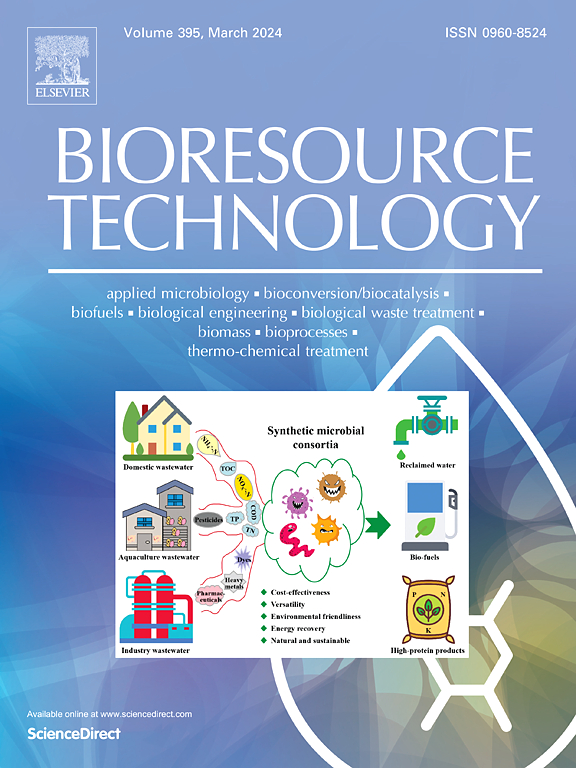Synthetic coalification of microalgae through hydrothermal carbonization: strategies for enhanced hydrochar characteristics and technological advancements
IF 9.7
1区 环境科学与生态学
Q1 AGRICULTURAL ENGINEERING
引用次数: 0
Abstract
This review explores the hydrothermal carbonization (HTC) of microalgae through a comprehensive evaluation of the influence of process parameters on the resultant products. The findings revealed that HTC of microalgae takes place at lower temperatures (170 – 250 °C) compared to lignocellulosic feedstocks, and the resulting hydrochar and hydrolysate have a higher N-content. Additionally, secondary char production varies based on reaction conditions, with yields between 4 % and 35 %. The interaction between carbohydrates and nitrogenous compounds in the hydrolysate at varying reaction severities was discussed, underlining the extent of nitrogen fixation in the hydrochar and total organic C-content of up to 26.8 g L-1. The article also suggests strategies to improve hydrochar properties by assessing different technical strategies and emphasizing future direction research. In summary, this review underscores the potential of microalgal HTC as a sustainable approach for applications in energy and environmental applications via process optimization and technological upgradation.

求助全文
约1分钟内获得全文
求助全文
来源期刊

Bioresource Technology
工程技术-能源与燃料
CiteScore
20.80
自引率
19.30%
发文量
2013
审稿时长
12 days
期刊介绍:
Bioresource Technology publishes original articles, review articles, case studies, and short communications covering the fundamentals, applications, and management of bioresource technology. The journal seeks to advance and disseminate knowledge across various areas related to biomass, biological waste treatment, bioenergy, biotransformations, bioresource systems analysis, and associated conversion or production technologies.
Topics include:
• Biofuels: liquid and gaseous biofuels production, modeling and economics
• Bioprocesses and bioproducts: biocatalysis and fermentations
• Biomass and feedstocks utilization: bioconversion of agro-industrial residues
• Environmental protection: biological waste treatment
• Thermochemical conversion of biomass: combustion, pyrolysis, gasification, catalysis.
 求助内容:
求助内容: 应助结果提醒方式:
应助结果提醒方式:


